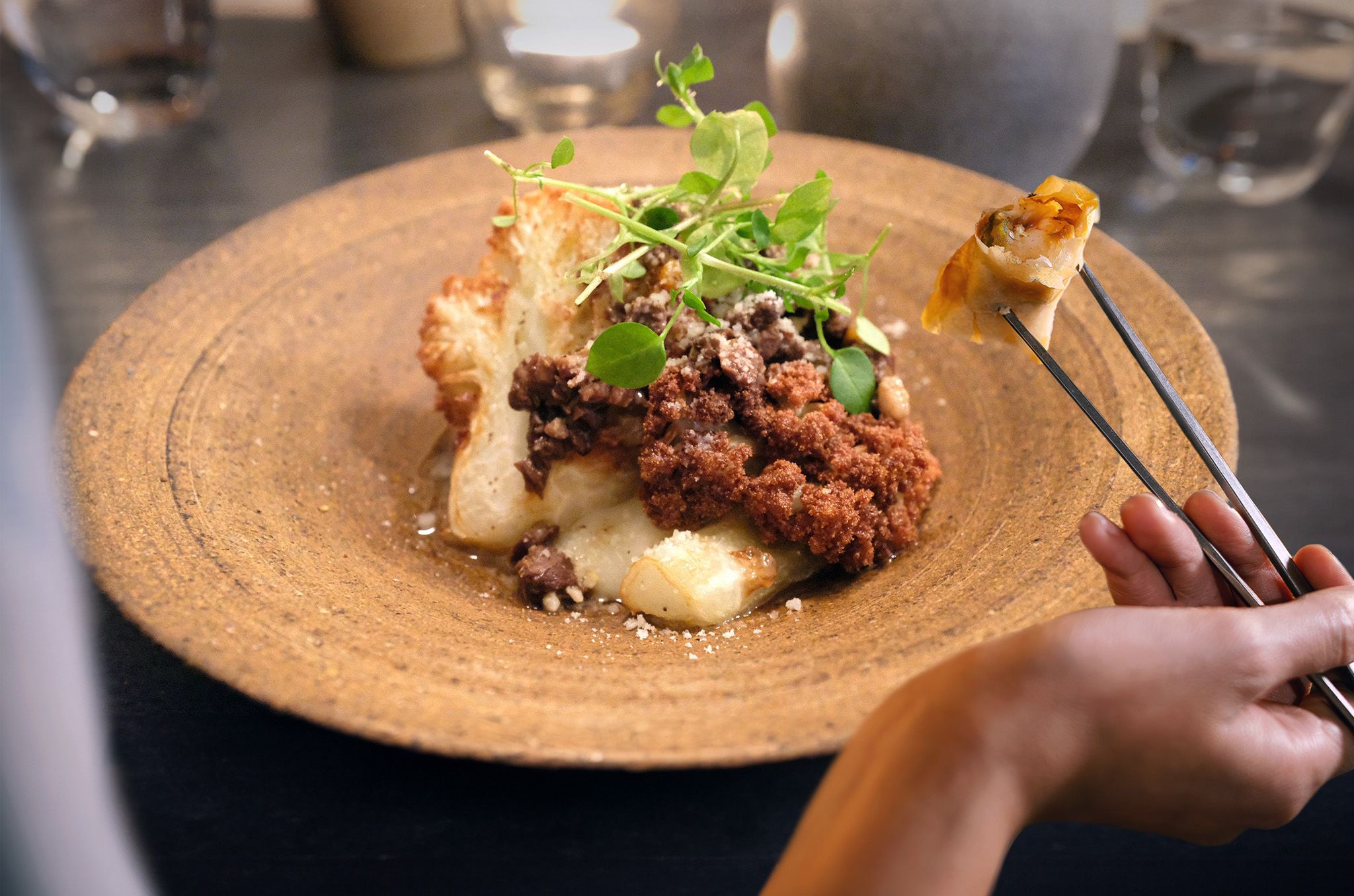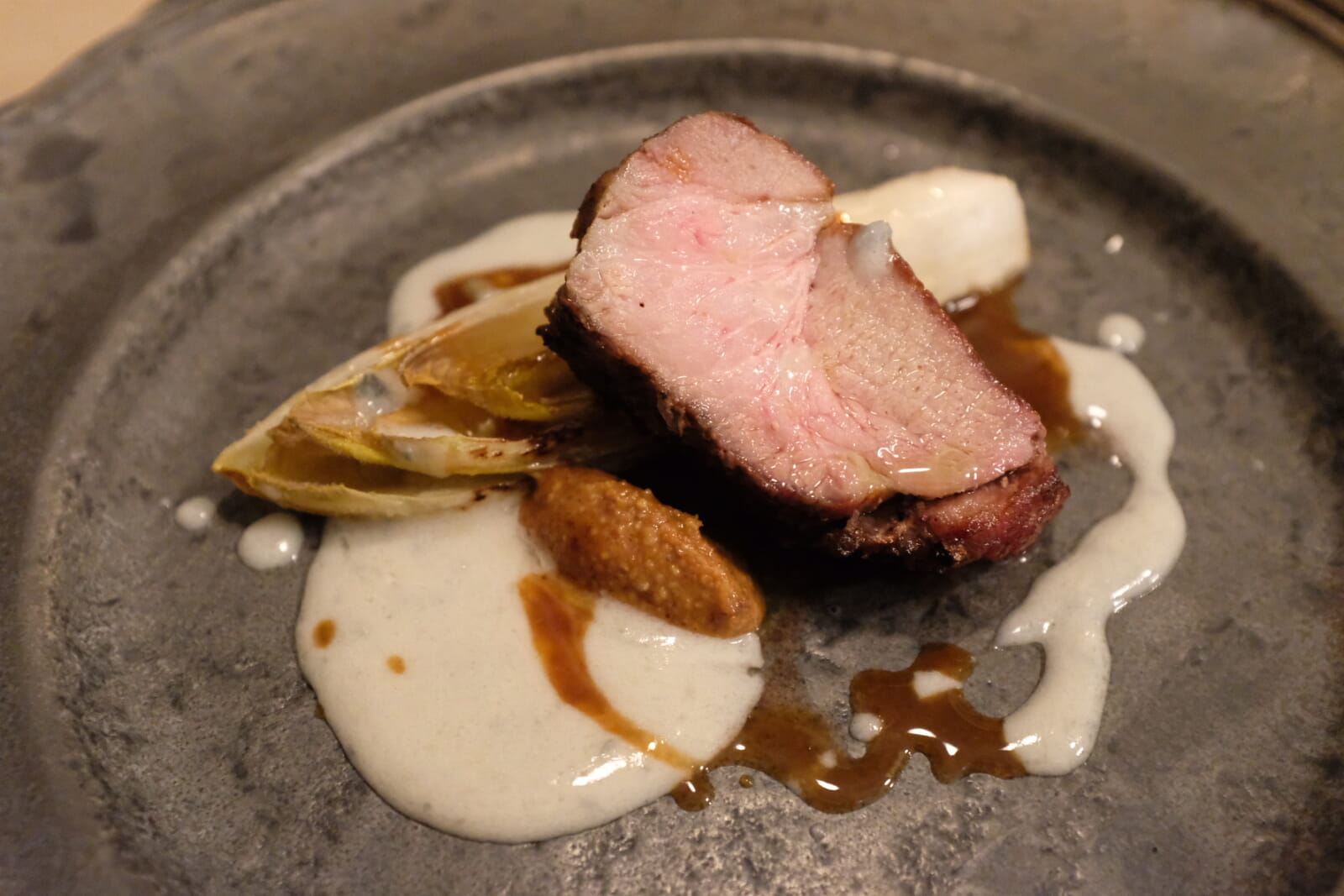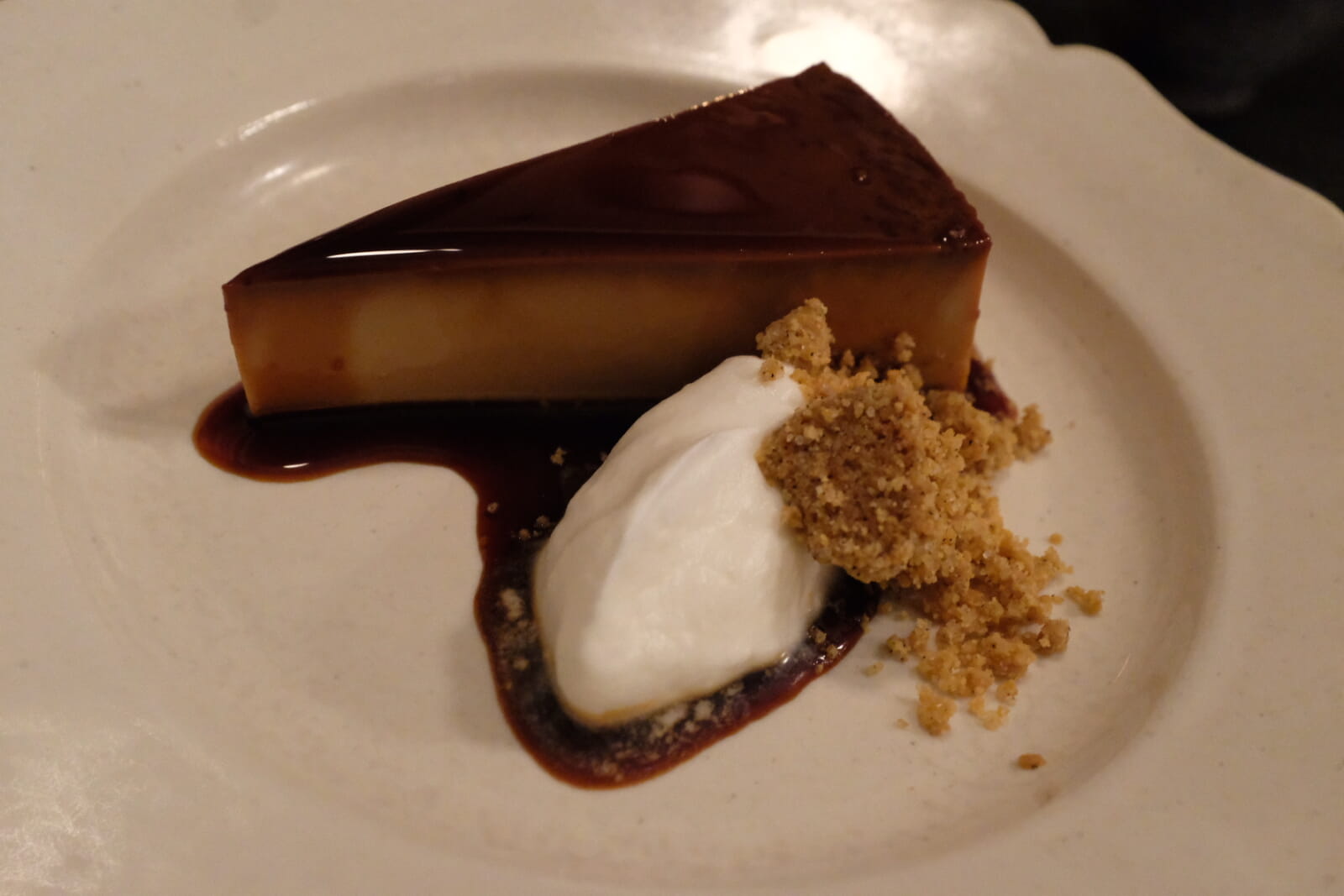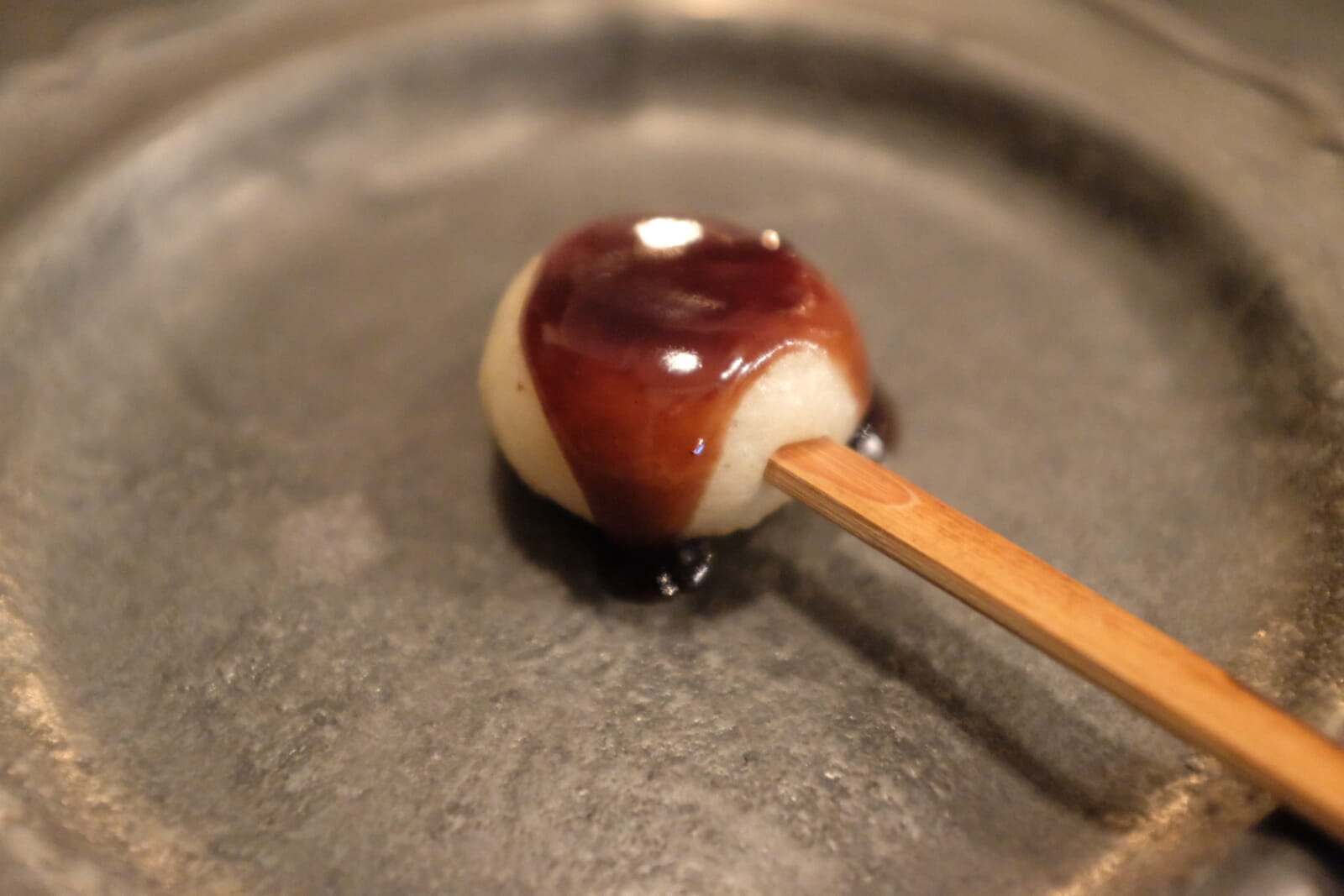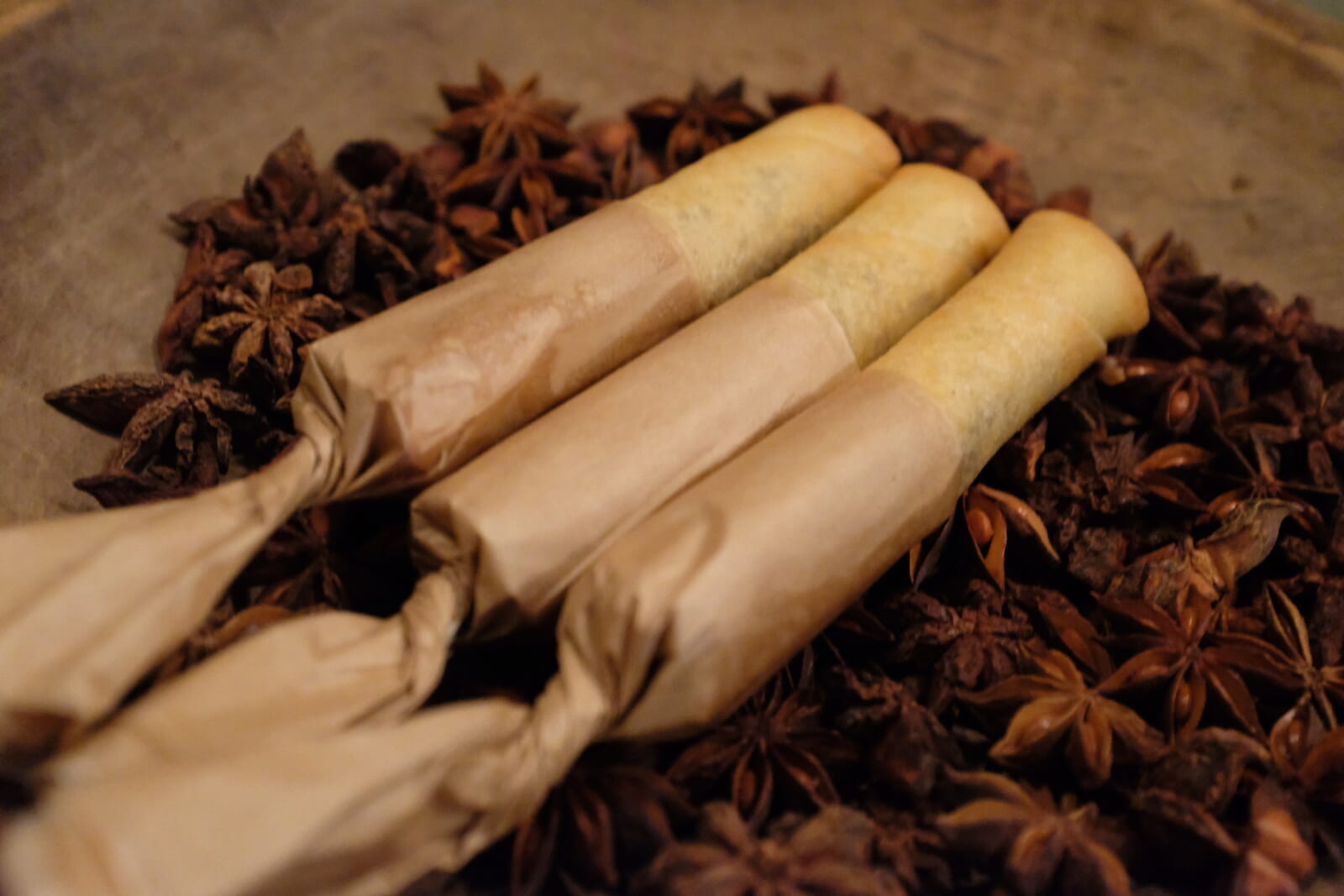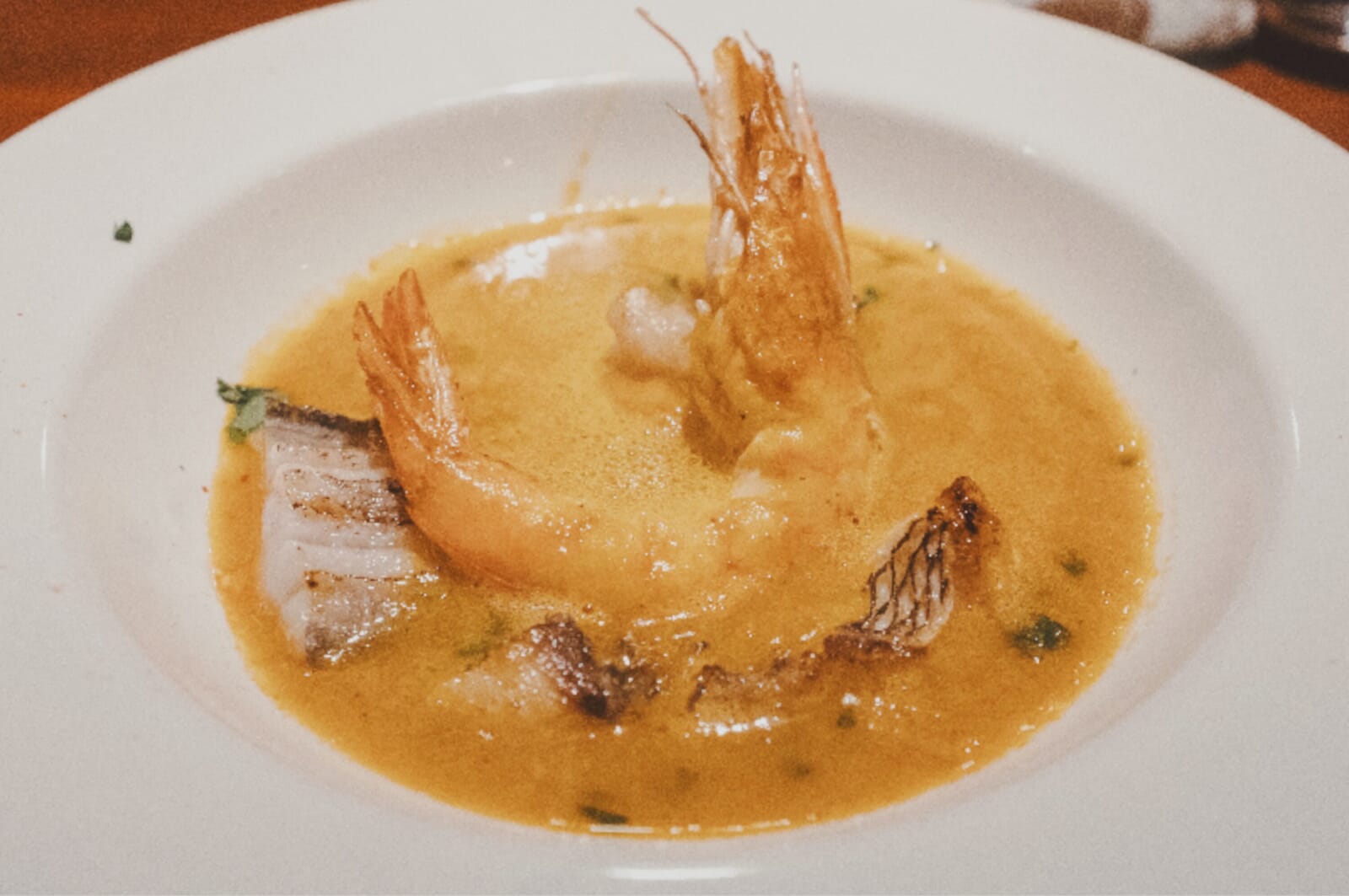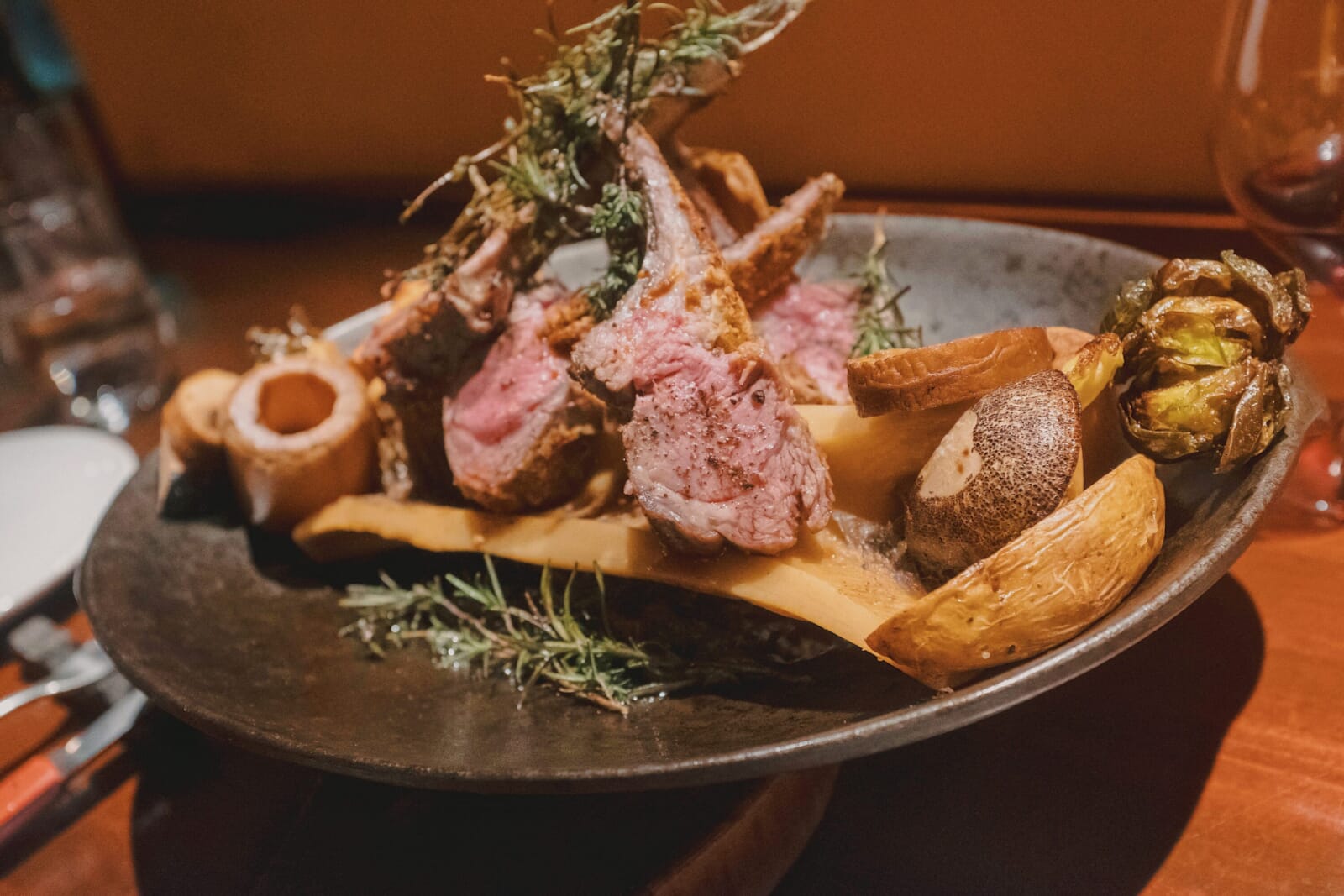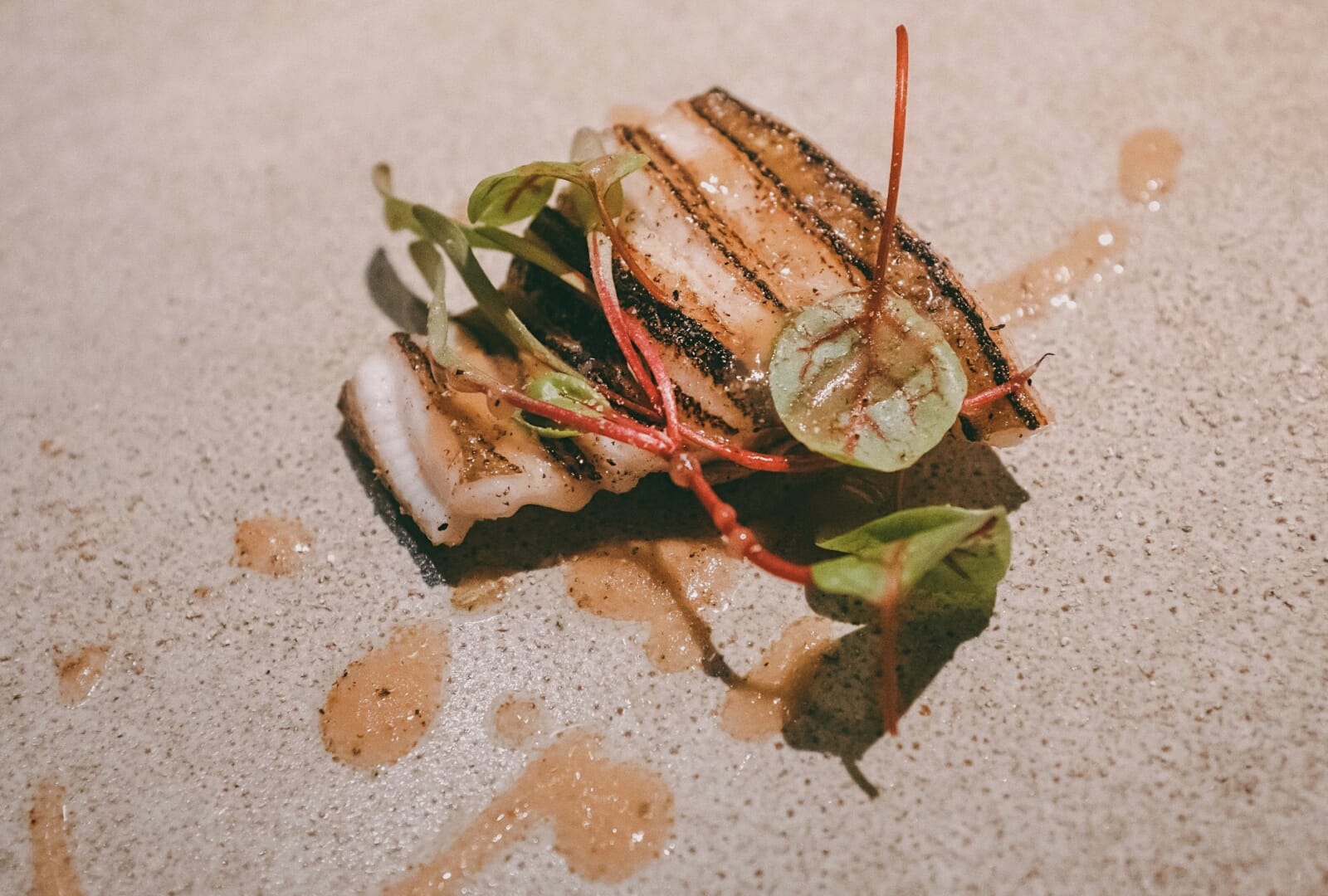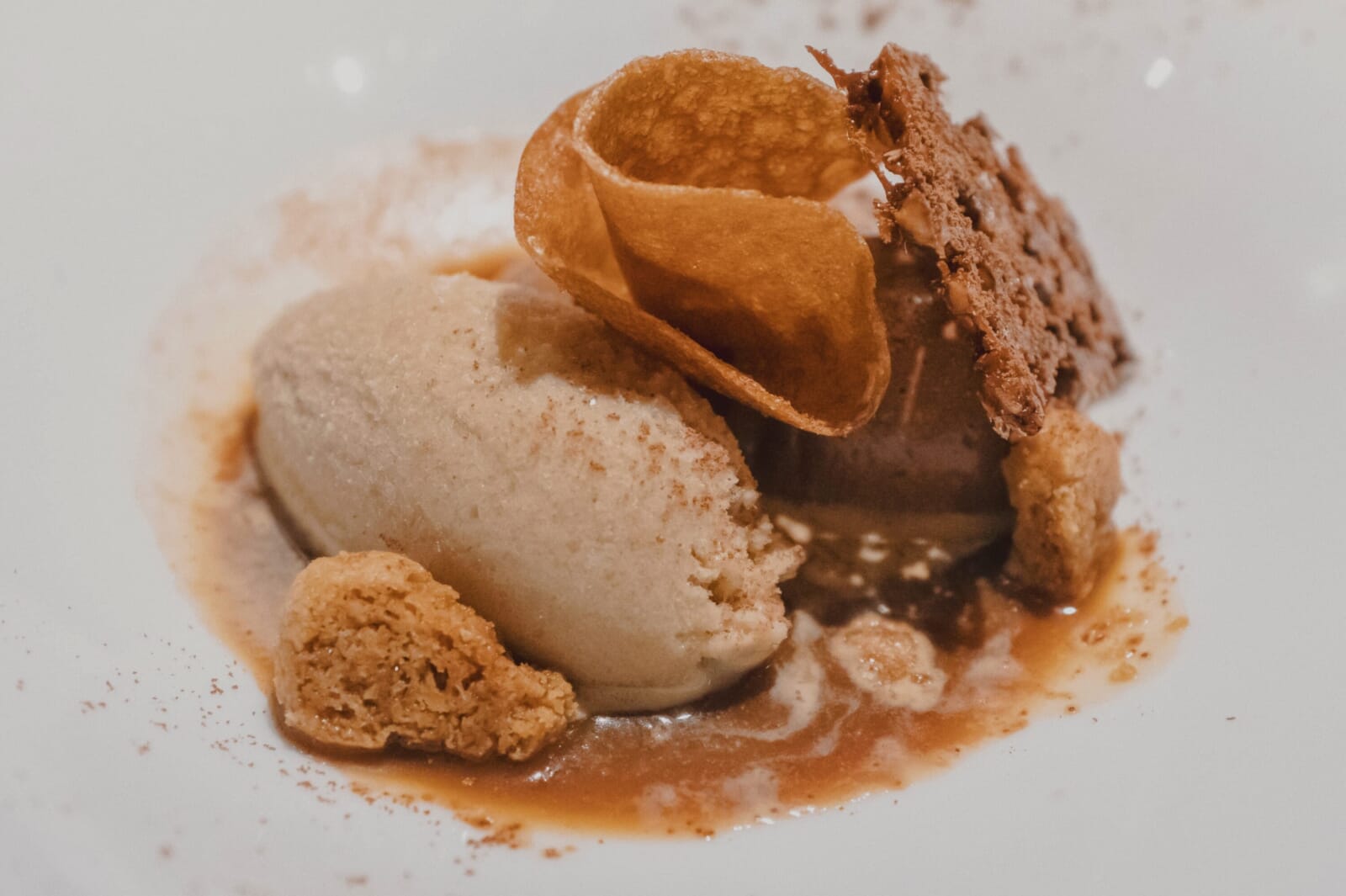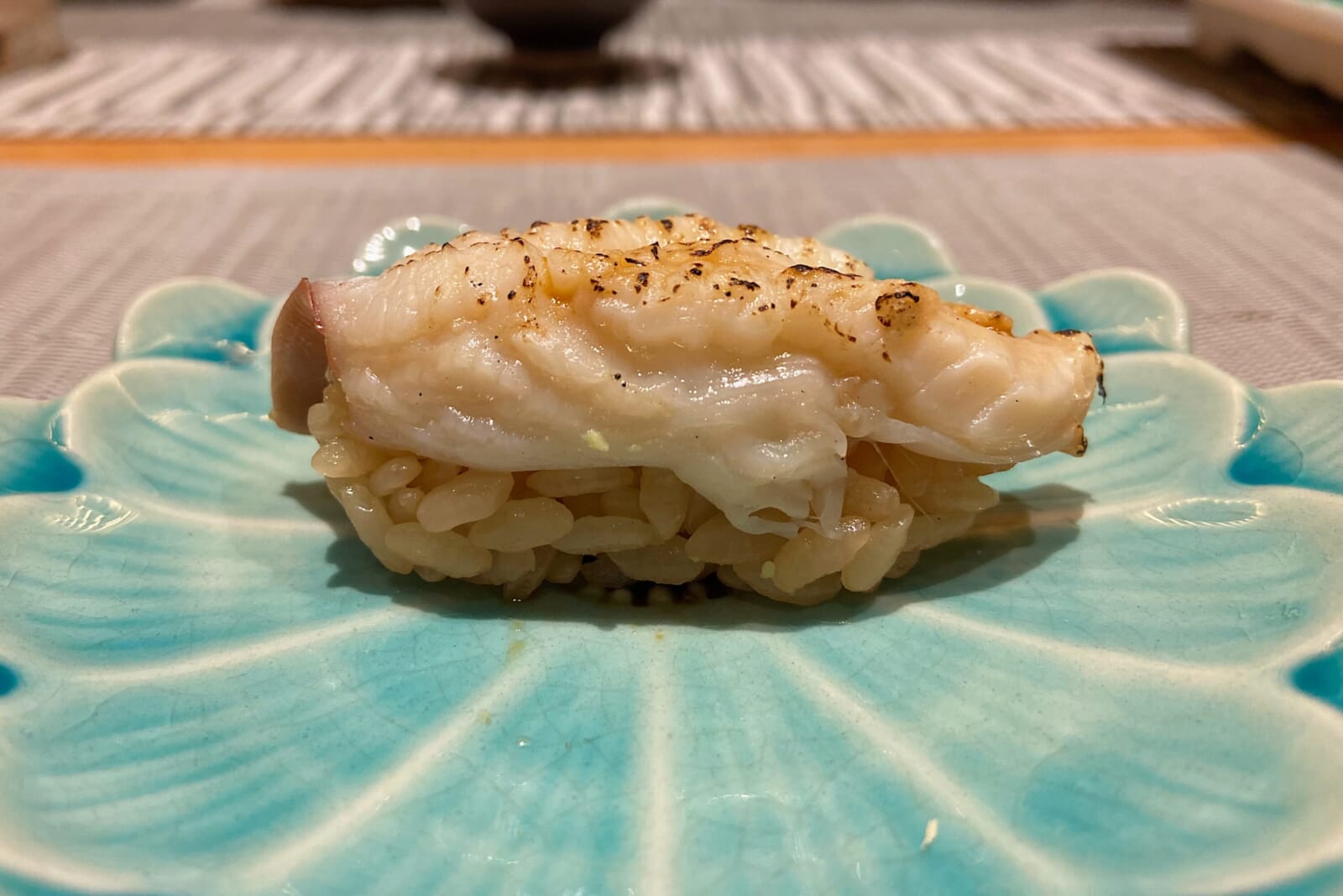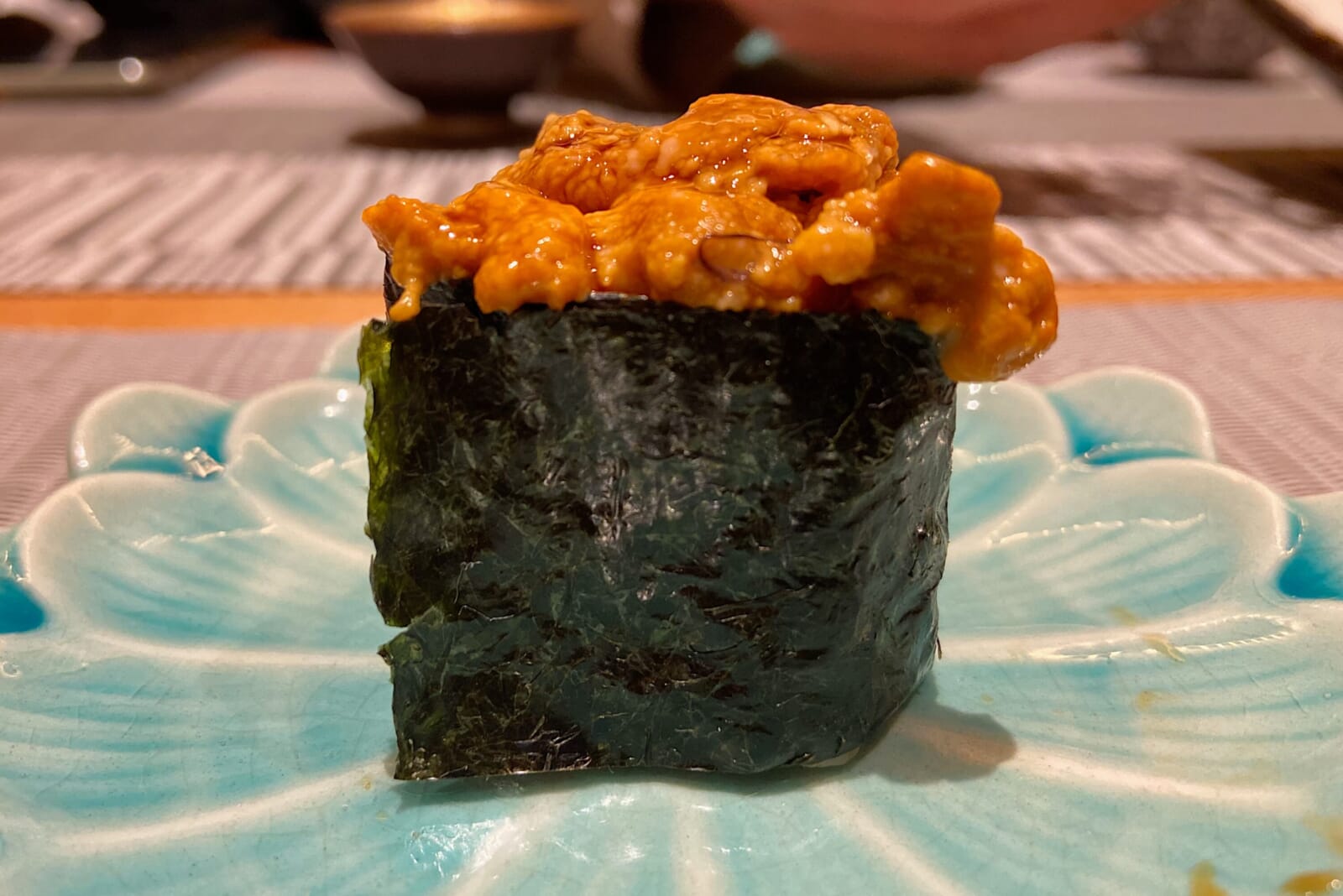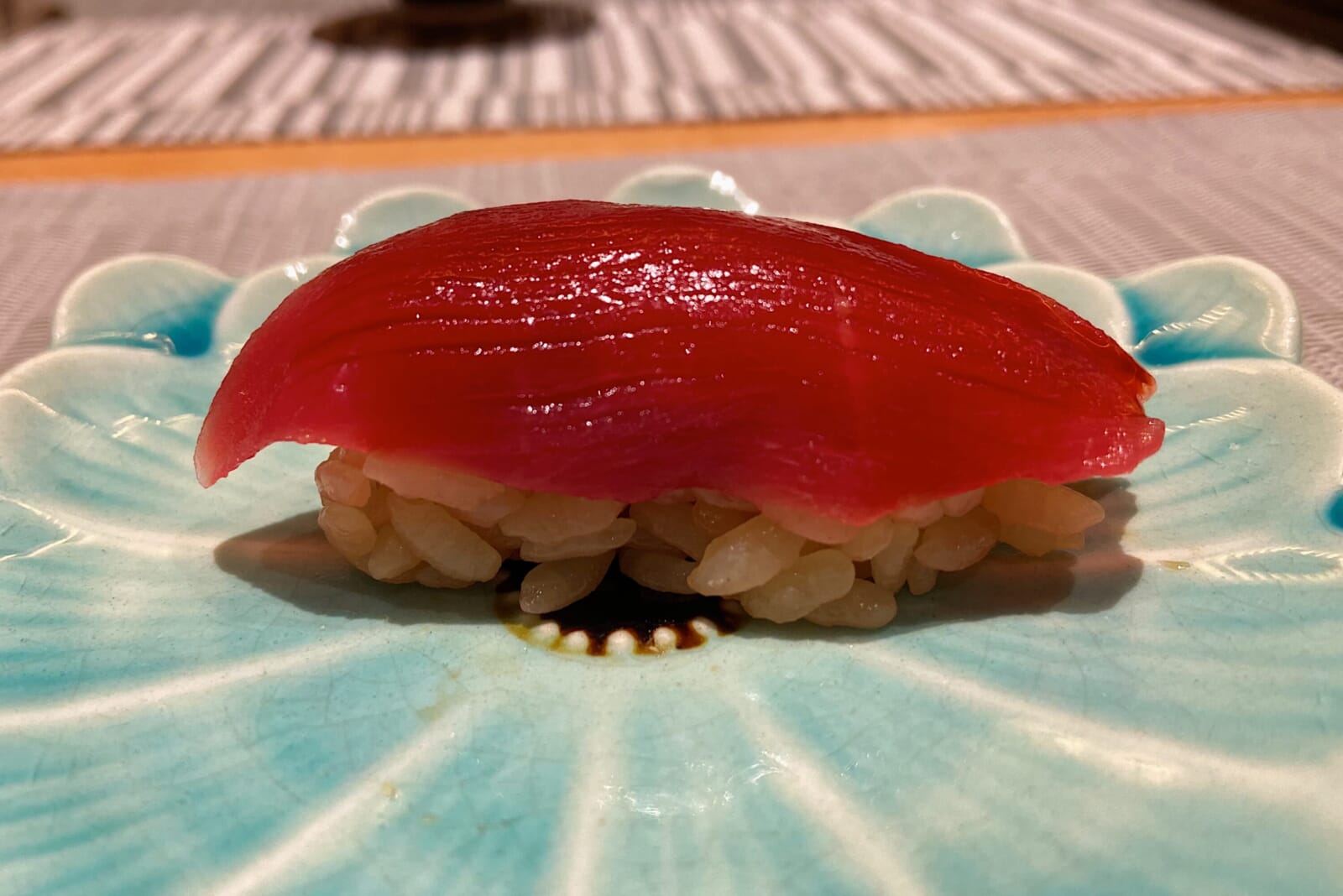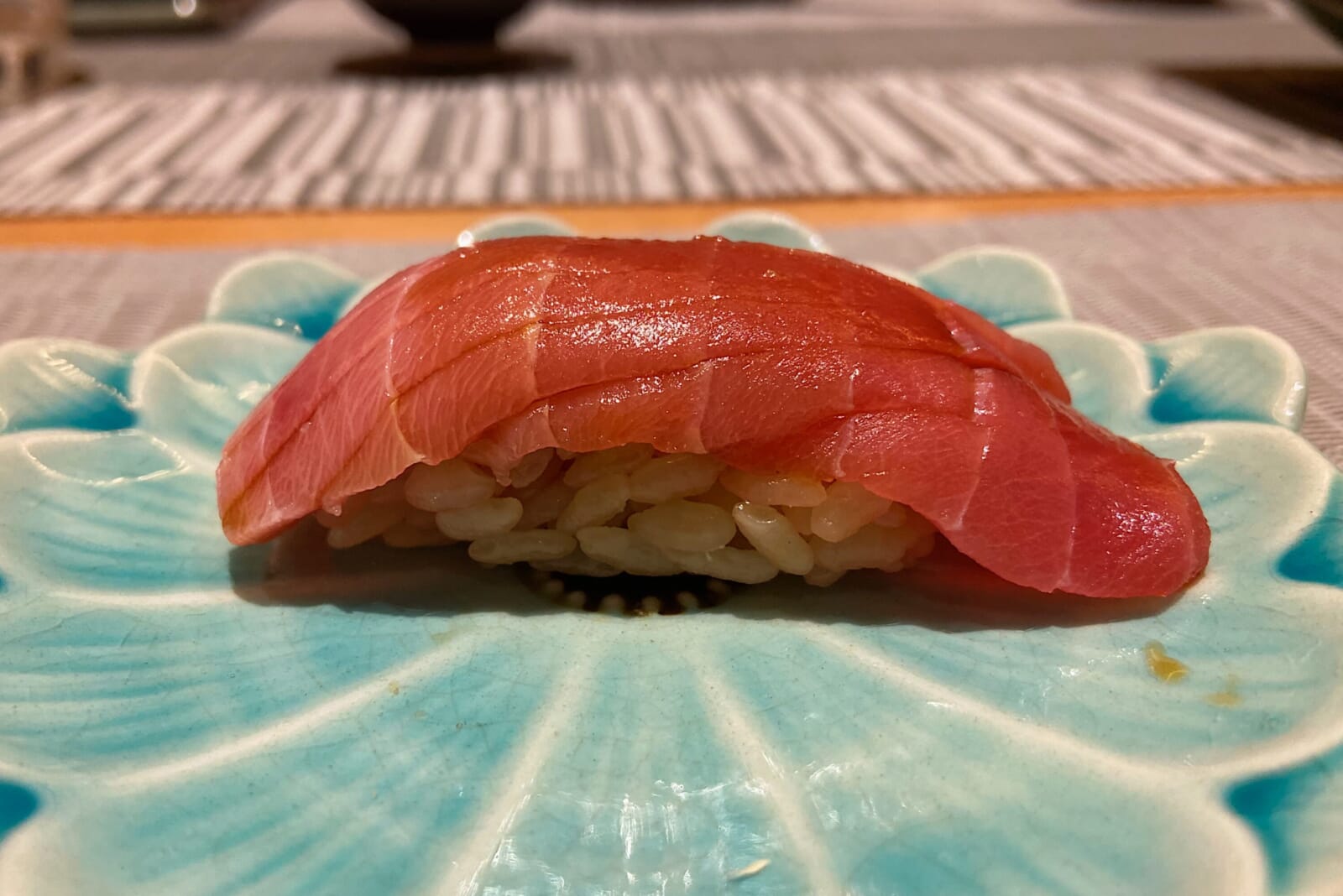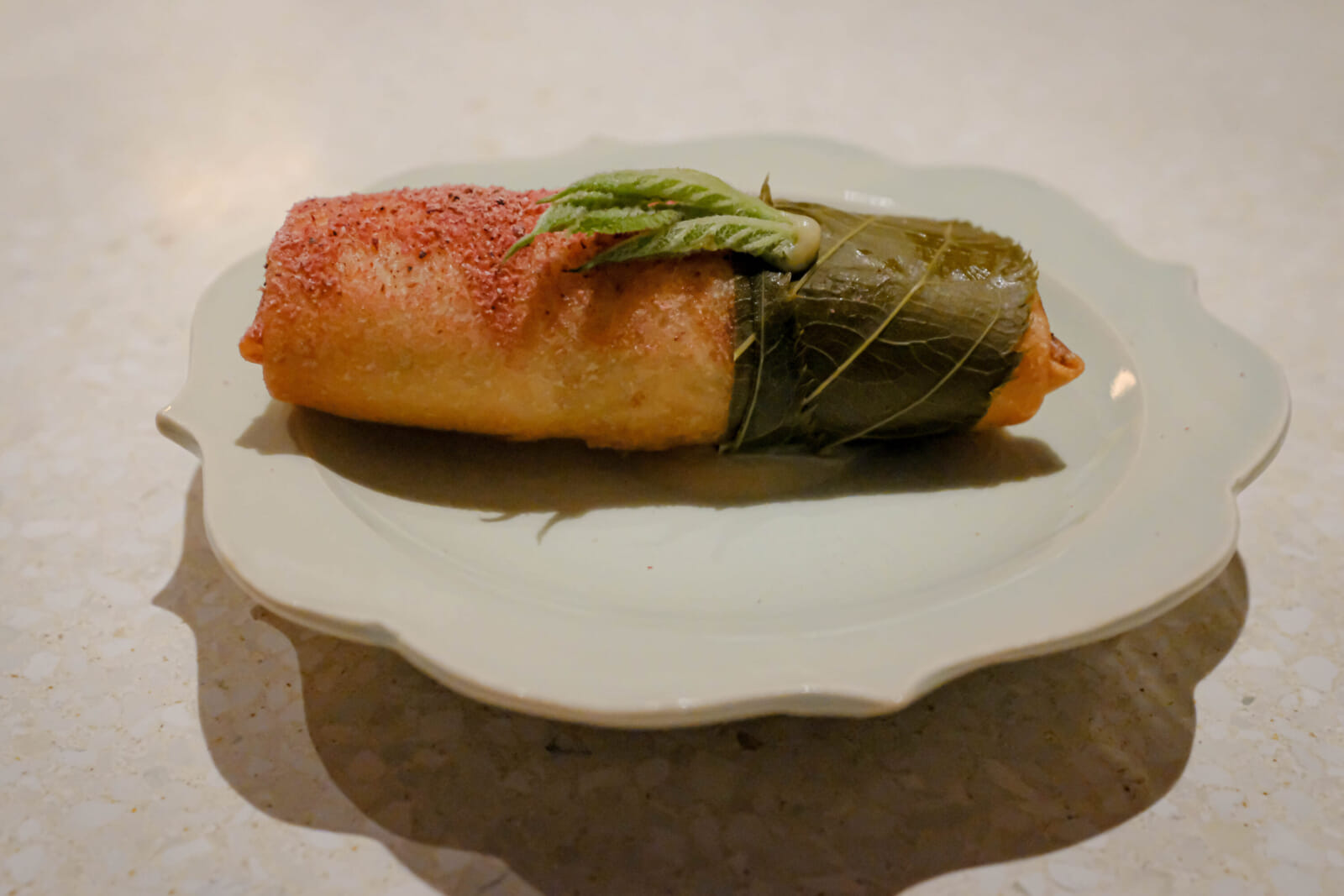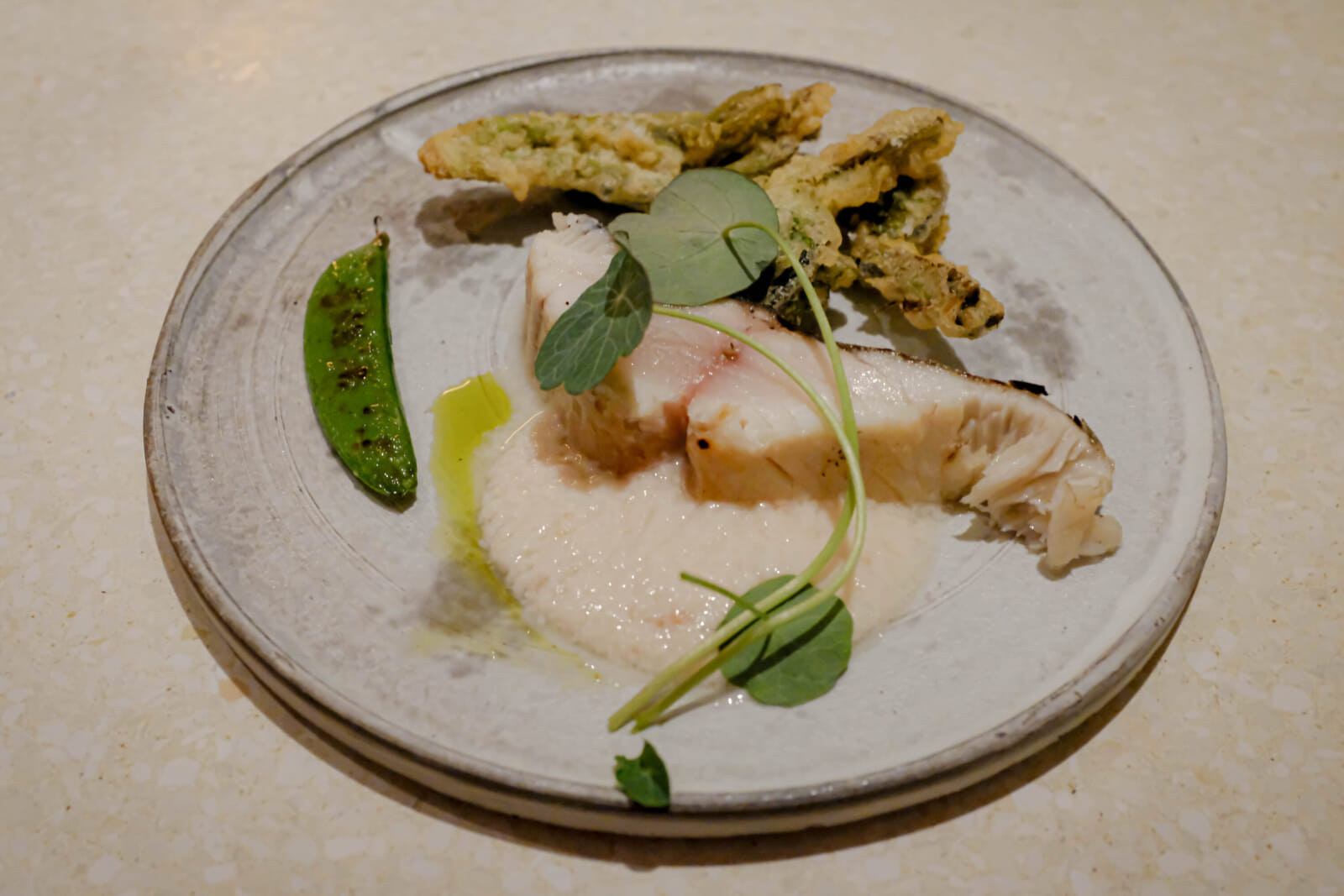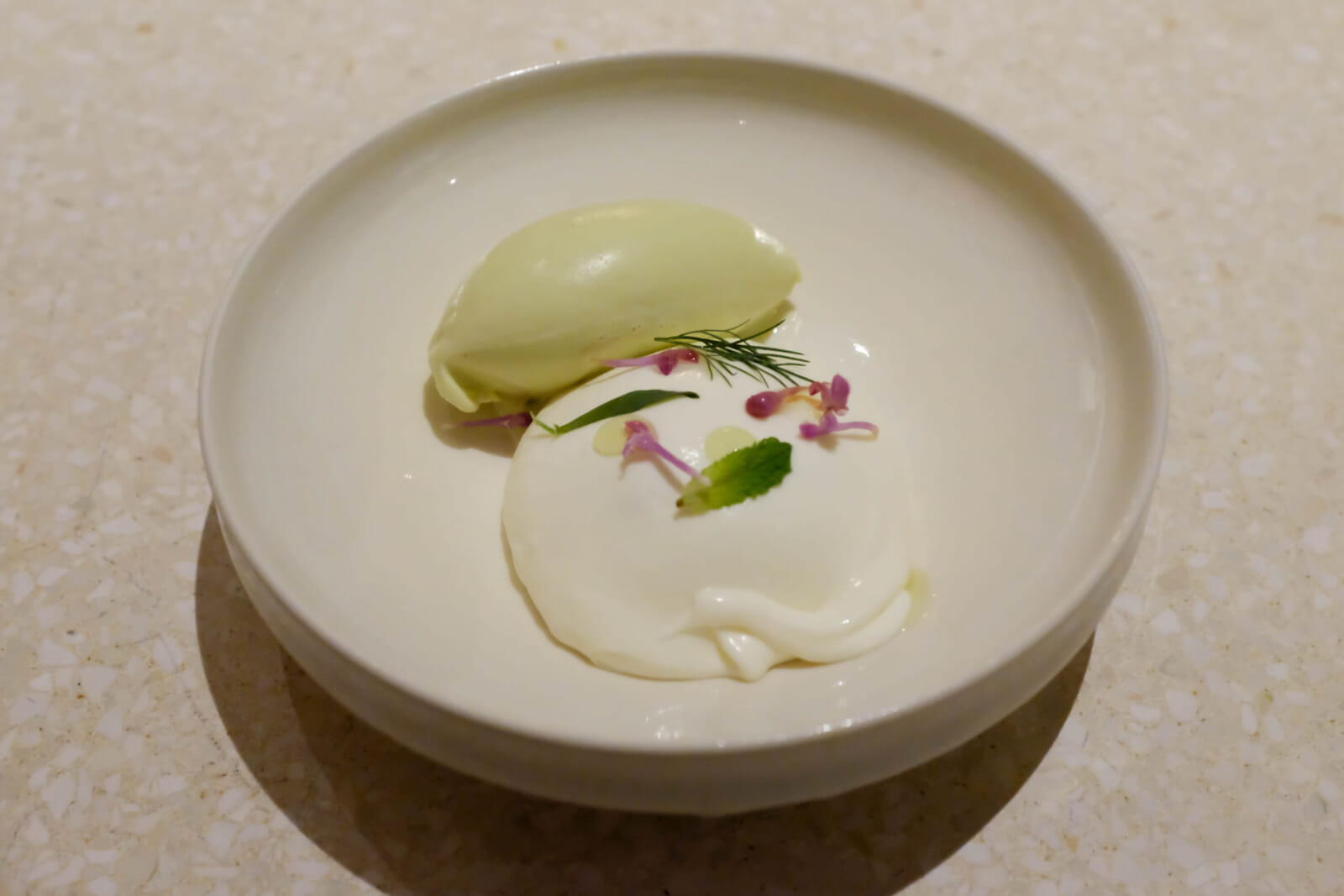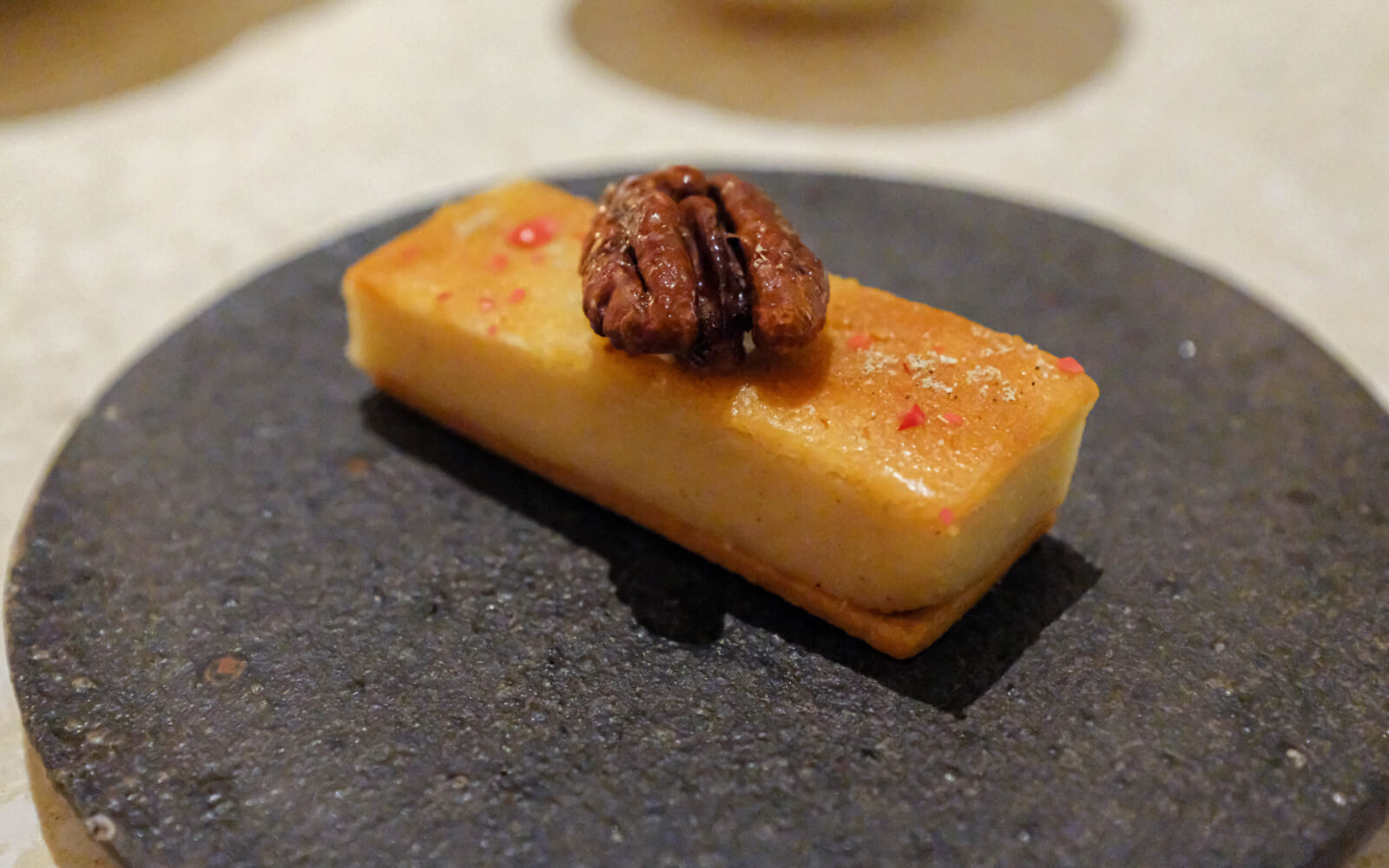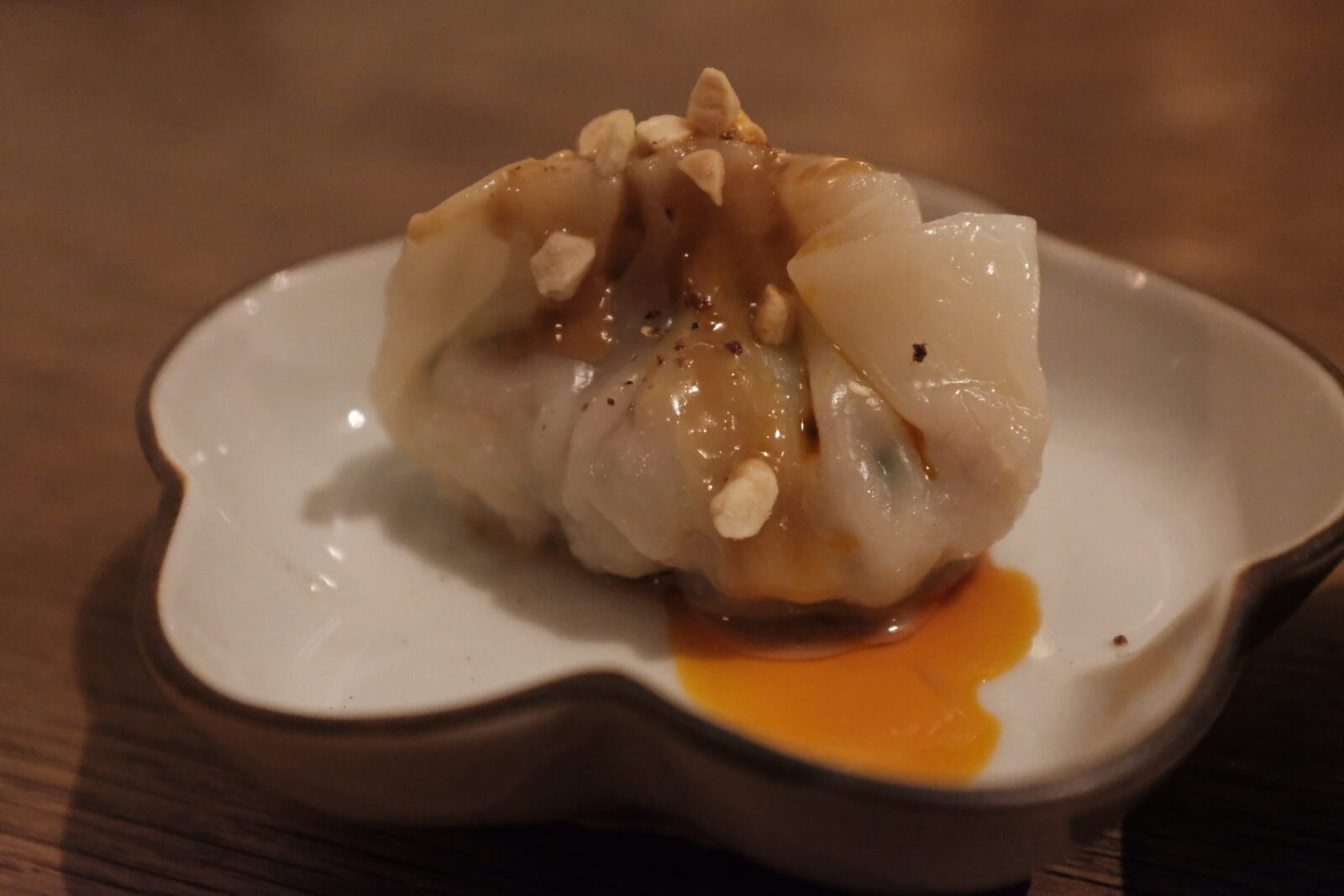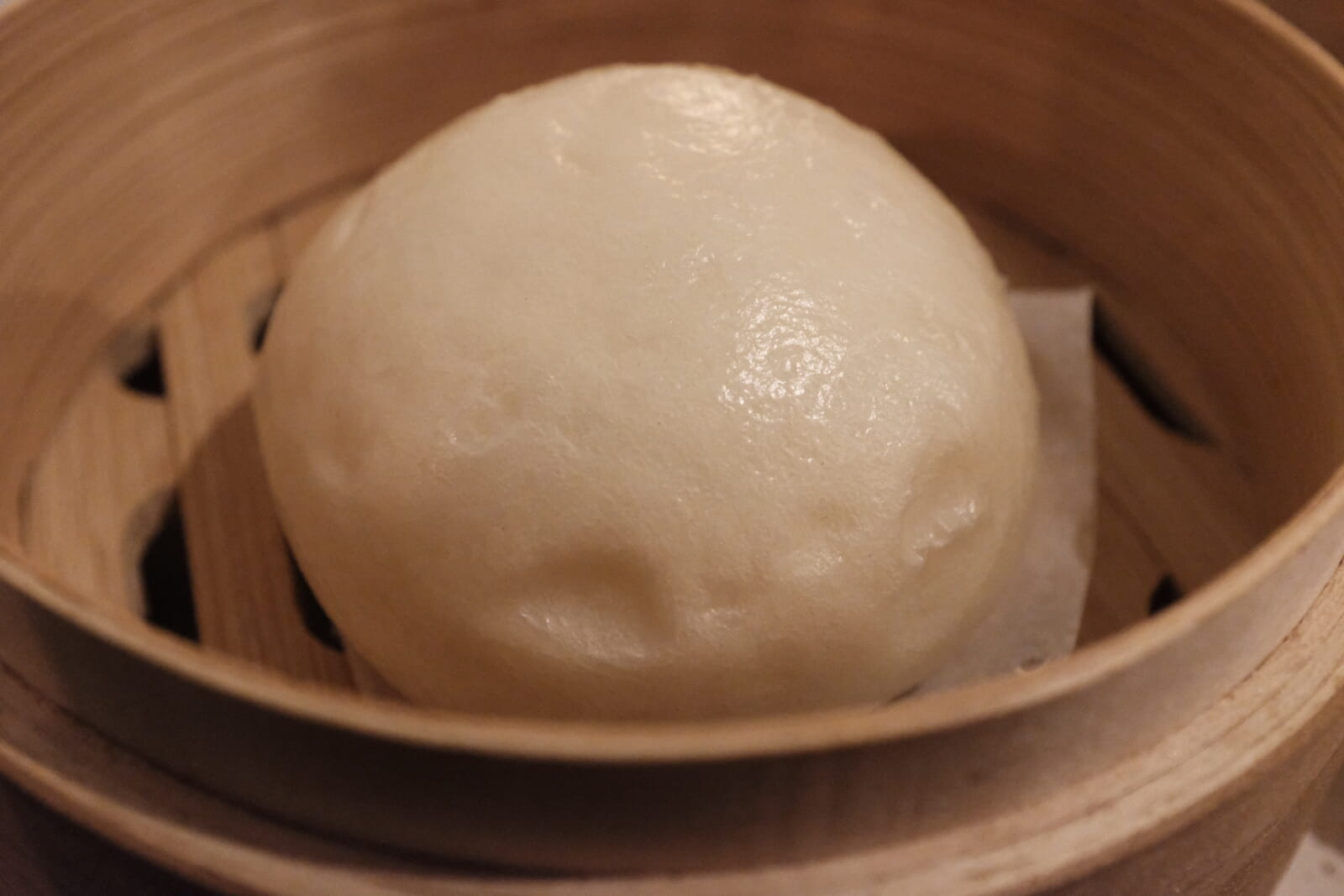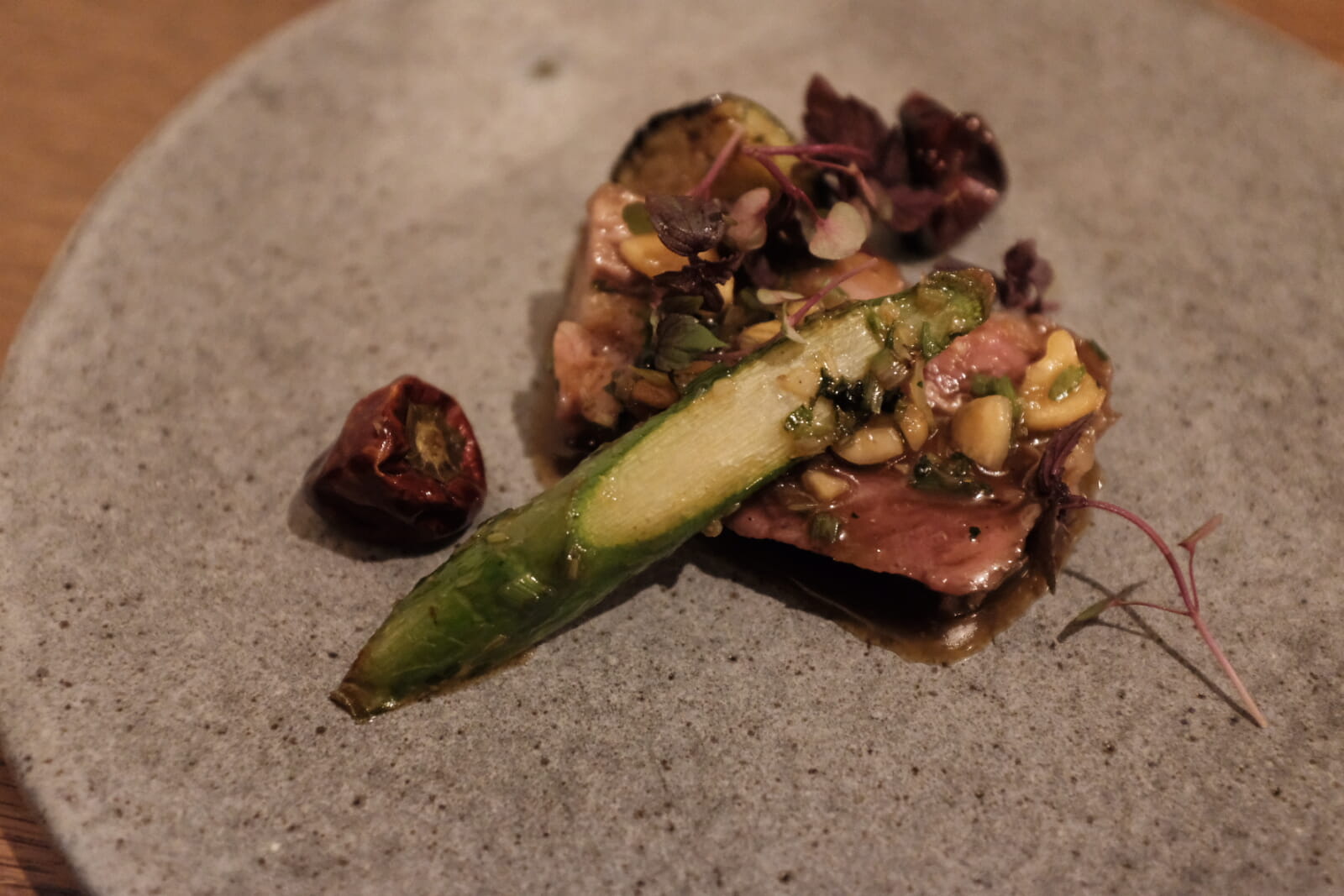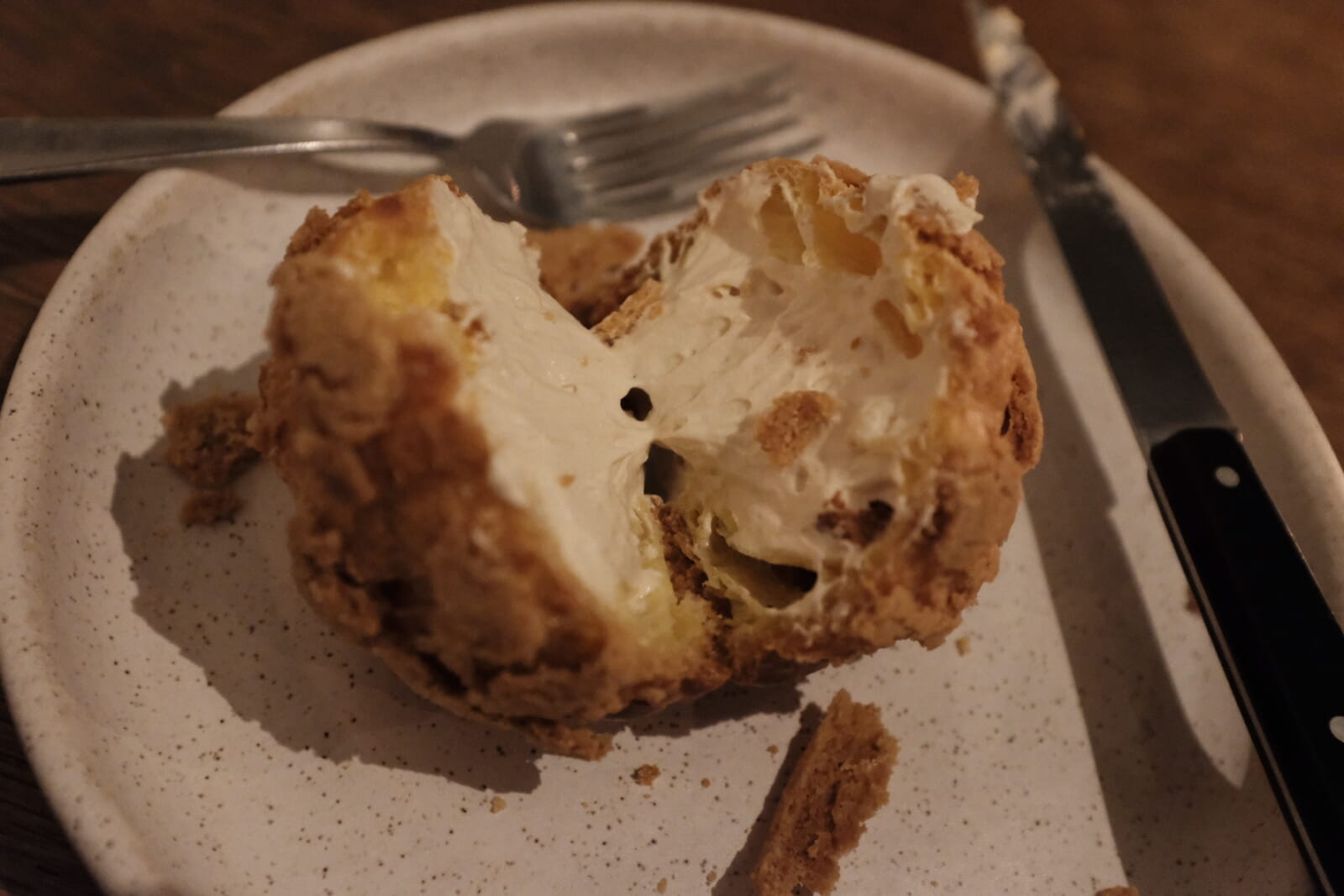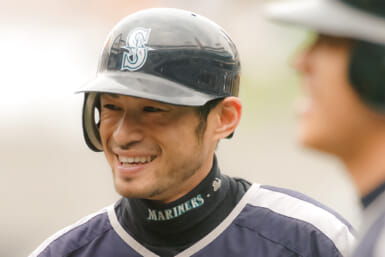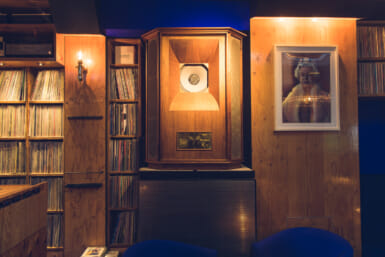It’s no secret that Tokyo is regarded as one of the world’s culinary capitals. Often cited as a premier destination by the food industry’s most revered chefs and home to more Michelin star-awarded establishments than any other city, a whole trip can be made to Tokyo centered solely around discovering the amazing dining experiences it has to offer.
It’s also no secret, however, that many of these prestigious restaurants come with hefty price tags in exchange for their luxurious offerings. So, while celebrating life with a world-class meal at Sazenka or Joel Robuchon’s is a worthwhile endeavor, it’s not something most people can do on a regular basis.
That being said, Tokyo is filled to the brim with creative and passionate chefs crafting high-quality tasting menus at relatively affordable prices that still embody experiential dining. Here are some of our favorites.
1. Hato (Hatsudai)
Given the relatively relaxed environment in Hatsudai, it can be difficult to believe it’s only one station away from Shinjuku. Hato (stylized as HATO) is located on the relatively quiet streets of this neighborhood, only a five-minute walk from Hatsudai Station on the Keio New Line.
With just a small sign and minimalist descriptions of the offerings that day sitting below, Hato’s storefront is relatively understated. The interior carries this same spirit. It’s elegantly rustic with vintage wooden furnishings and warm lighting. At the center, a counter with seating surrounds the open-air kitchen.
Hato’s menu changes every month. It highlights seasonal Japanese ingredients while utilizing French recipes and techniques. A few menu items are staple additions, however, including the fried spring roll stuffed with squab (pigeon meat) and anise that is served with a red wine sauce. There’s also the simple yet rich dessert of salt, olive oil and mascarpone cheese from Fukuoka.
The menu starts at ¥6,600 per person with an option for an alcohol pairing for another ¥6,600 or a non-alcohol drink pairing for an additional ¥3,300.
2. Bistro Simba (Ginza)
Bistro Simba has become a bit of a cult-favorite for diners in recent years, often cited as “your favorite chef’s favorite restaurant” among Tokyo foodies. The atmosphere is sophisticated, but there’s also an intimacy that emanates from the storefront. Located near Higashi-Ginza Station, the glitz and glam of Tokyo’s most luxurious neighborhood is not far away, but Bistro Simba itself is a bit less demanding. During the warmer months, the large front windows are open, making the small dining room feel as if it is connected to the peaceful park across the street.
Like Hato, Bistro Simba’s menu revolves around European dishes. While the chef often uses Japanese ingredients, several exotic game meats are sourced from all over the world that serve as the main protein offerings, such as squab and duck from France and grouse from England. The restaurant’s most well-known specialty, however, is its bouillabaisse, which is rich in flavor, bold in color and filled with an ever-changing lineup of fresh seafood.
Bistro Simba has a relatively flexible ordering system, offering à la carte or the choice between three different courses starting from ¥6,600, going up to ¥11,000. A tip from the regulars: start with the most affordable course and order some things à la carte if you’re still hungry or want to try something else.
3. Sushi Labo (Shibuya)
Tokyo’s sushi omakase scene is filled with big hitters, and the city’s most celebrated establishments can have long lines waiting to get in and hefty price tags. By no means does this imply they aren’t worth the effort, but for a more casual night, sometimes sushi other than the type ordered from a screen and served two pieces at a time fits the bill.
Enter Sushi Labo, which was originally in Shinjuku but reopened in Shibuya last month. It offers full counter seating, serving up to eight people, and a private room for up to seven. Sushi Labo’s name is a play on “Sushi Lab,” and in that vein, it sets out to do a few different things to set it apart from most sushi restaurants, mainly its emphasis on dry-aged fish. These offerings provide a subtle complexity to the flavor, and in addition, more unique approaches to preparation, such as smoke infusion, allowing for more standout pieces of sushi.
Where Sushi Labo is similar to other sushi restaurants, however, is its emphasis on seasonality and quality, despite the notably affordable price compared to many omakase courses. The cost performance of the dining experience is a major point of pride for Chef Ryuichi Tahara, who wishes to provide the best nigiri to customers as possible without the need for high prices.
4. AC House (Nishi Azabu)
AC House as a concept can be difficult to define in a few words. “Innovative” is tossed around a lot in the food sphere these days, and undoubtedly AC House plays around with the unorthodox, but there’s a base layer of fine-tuned, tried and tested recipes at the menu’s core. The main dish during a recent visit was buta shabu — poached pork with a sesame sauce and served with an accompaniment of varying springtime vegetables. There was also the pristine quenelle of soft ice cream that demanded a double-take when I heard it was celery flavored (spoiler: it was very good).
Also a bit off-kilter is the seating arrangement. The shop has one central table that extends from the kitchen. To call it “counter seating” would be a stretch, but it feels like that in spirit. Chef Atsuki Kuroda likes to bring out each dish to all customers at once and describe it from the head of the table. It’s to create a communal feeling to live up to the “house” moniker of the restaurant.
AC House starts at ¥15,000 yen per person, making it the most expensive entry on this list. However, it does provide diners with a unique experience which may warrant spending just a bit more on some one-of-a-kind dishes.
5. Like (Shirokanedai)
Like (stylized as LIKE) is where the cool kids go to eat. The fact that notable celebrities such as New York rapper A$AP Rocky and Los Angeles singer and cellist Kelsey Lu have dined there is testament to that. But endorsements from famous creatives aside, Like is one of the best ways to spend a night in one of Tokyo’s coolest neighborhoods.
The restaurant is on the third floor of a greenhouse-like building. Visitors pass a flower shop and high-end apparel retailer on the way up. Guests are immediately greeted by the open kitchen that is opposite a small stage. This is where musical guests sometimes perform. Across the bar, at the back, paneled windows provide a view of a peculiar tree house next door.
Like’s dinner tasting menu is centered around Chinese cuisine, with the aromas of anise and ginger being the stars of many dishes. One of the courses is often accompanied by a plain bao bun to soak up any leftover broth or sauce, and diners get the choice between mapo tofu or tantanmen for a final savory dish. For dessert, there’s a choice between the peanut cream puff or nougat, both of which are staples of the daytime café menu.

